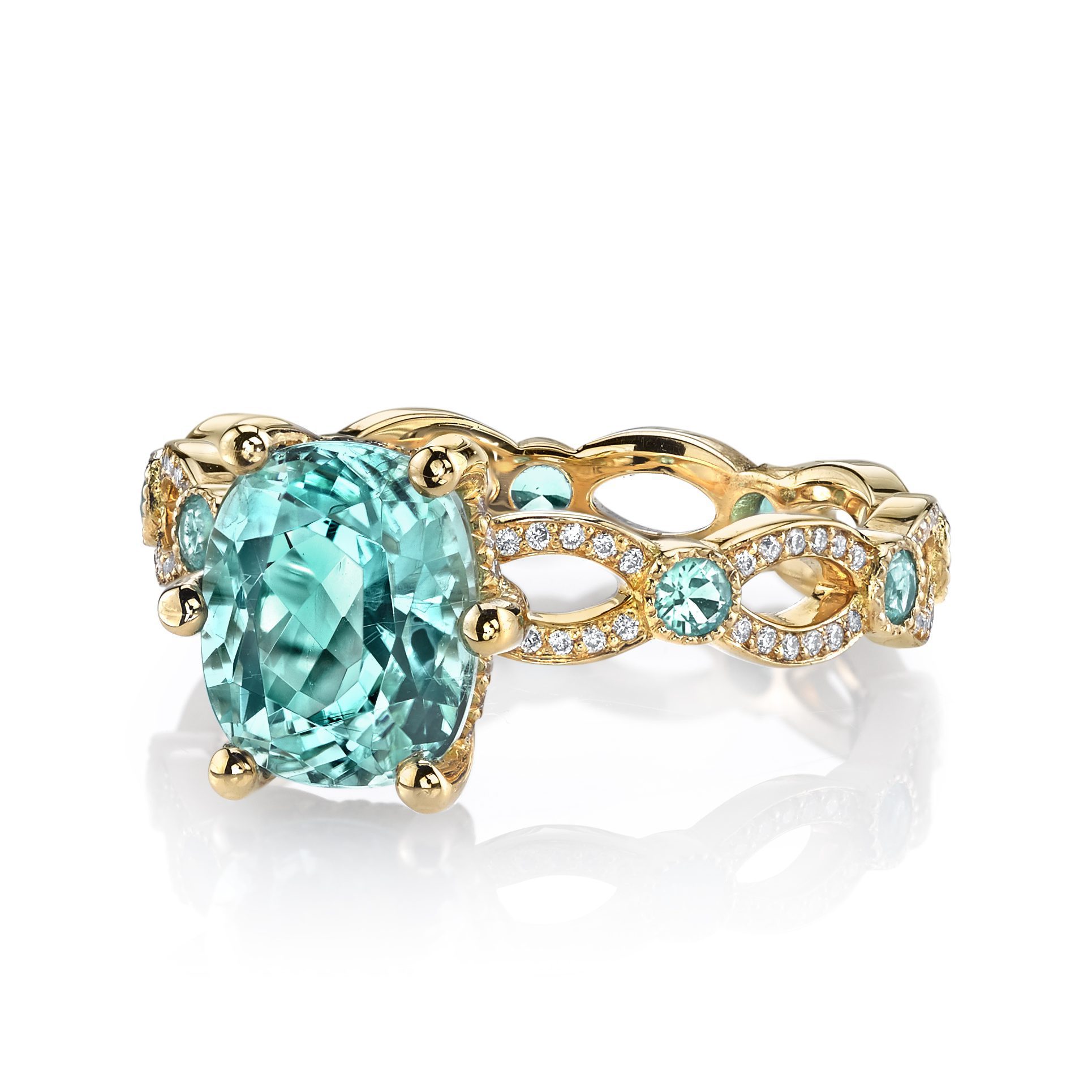Paraíba Tourmaline Buying Guide
Paraíba’s neon blue hues stunned the gem world in the 1980s. Read about the quality factors for this striking gem in our paraíba tourmaline buying guide.
4 Minute Read
Related Articles
Paraíba Tourmaline Value, Price, and Jewelry Information
Discovered in 1989, paraíba tourmalines are among the world’s most prized gemstones. These rare gems are renowned for showing intense...
Read More
10 Gemstones Rarer than Diamond: The Earth’s Scarcest Treasures
Are you looking for something truly unique for your next jewelry purchase? Explore these ten gemstones that are actually rarer...
Read More
A Look at African Paraíba Tourmaline Rough
Distinguishing African paraíba from Brazilian paraíba tourmalines is difficult. This gallery showcases bright neon specimens from Nigeria.
Read More
Tourmaline Buying Guide
Known for stunning, saturated hues, tourmaline is a colorful and modern gemstone. Read about quality factors for this gem in...
Read More
Latest Articles
Identifying Synthetic Gems
Distinguishing between natural and synthetic gems is a critical skill for gemologists. Learn about gem making processes and the telltale...
Read More
Ten Big, Beautiful, and Affordable Engagement Ring Stones
Looking for a gem that will make a big impression on your finger, not your wallet? These ten gems make...
Read More
Rhodochrosite Value, Price, and Jewelry Information
Beautiful rose red to pink rhodochrosite crystals are popular with mineral collectors. Although very soft, opaque stones have been fashioned...
Read More
Ruby and Sapphire Survey: Where Do You Draw the Line?
Our survey asked for your input on the age-old question: where is the line between ruby and sapphire? The results...
Read More
Never Stop Learning
When you join the IGS community, you get trusted diamond & gemstone information when you need it.
Get Gemology Insights
Get started with the International Gem Society’s free guide to gemstone identification. Join our weekly newsletter & get a free copy of the Gem ID Checklist!
